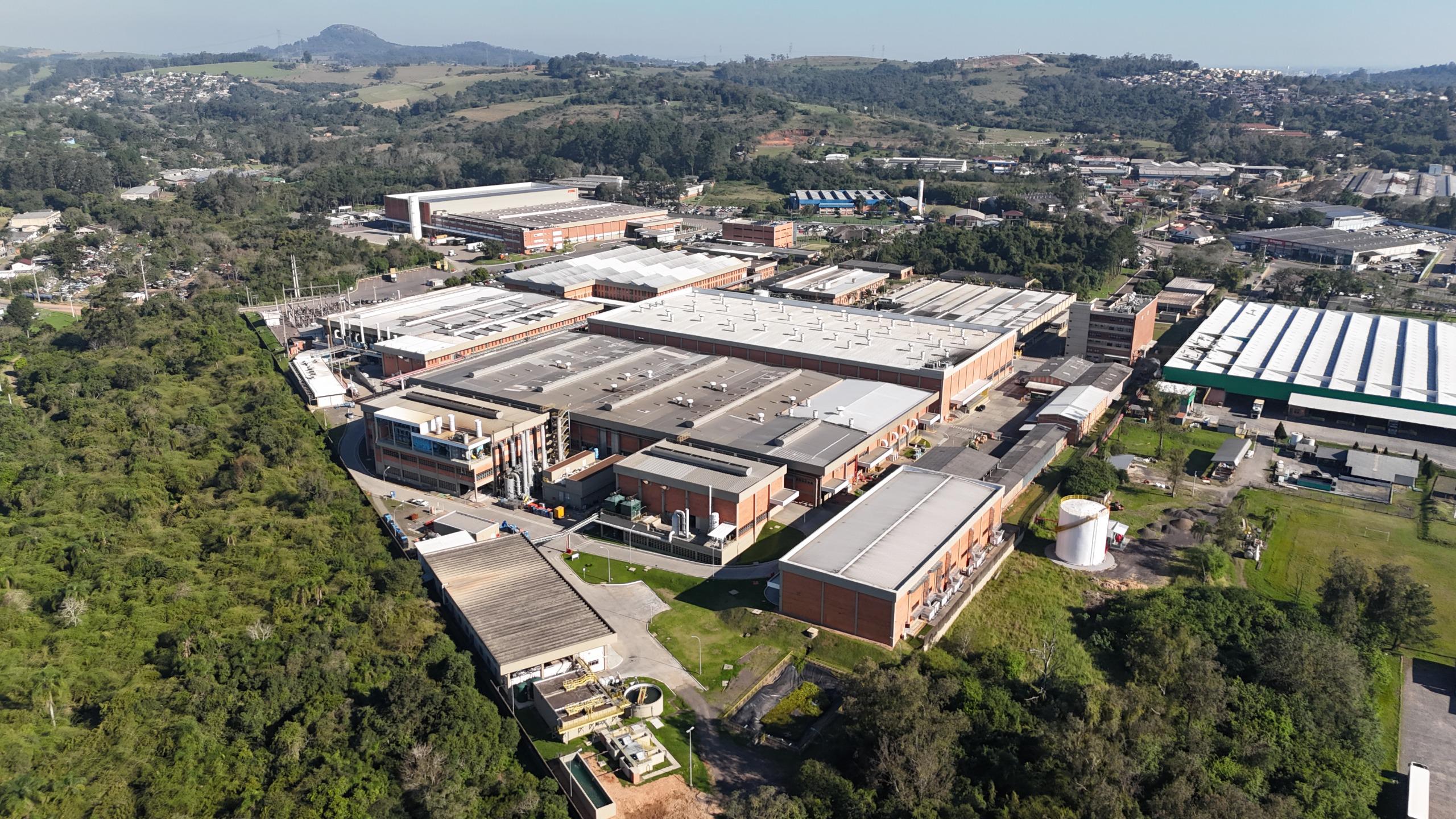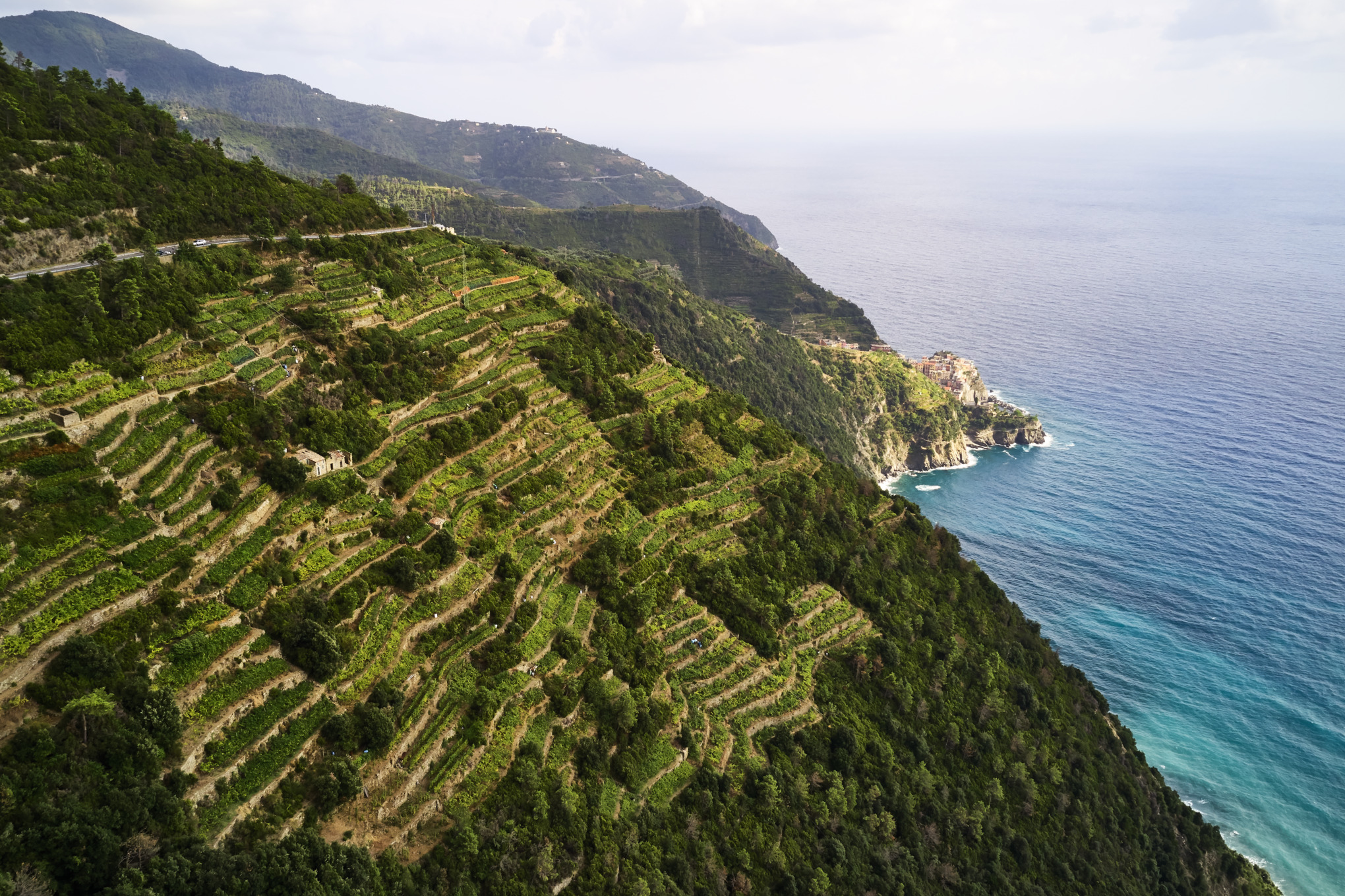Light, water, heat: We are all well aware that these commodities should be handled in an energy-saving manner. STIHL Brazil has committed itself to sustainable resource usage with its energy efficiency program.
The energy efficiency program at STIHL Brazil has been running for more than nine years – and it’s going well: The project was initiated by the Infrastructure department in 2014 and has been continuously developed ever since. The agenda currently includes many areas within the company where sustainable consumption can save money. The project was initially triggered by the sharp rise in energy prices in 2014: “We had to act and saw the need to reduce costs and make our manufacturing site more sustainable. The energy efficiency program has developed from that,” recalls Rafael Denardin Szabo, who supervises it. As well as savings and the implementation of new technologies, the project also means production processes continue to be improved, energy consumption is being optimized at source and waste is being reduced. “Energy efficiency is a strategic value for STIHL. That’s why our project is in constant development,” reports Denardin Szabo.
“The aim was to close the gap between the MS 362 C-M and the MS 462 C-M,” explains project manager Jonas Lank. The new design includes lower exhaust emissions despite higher torque and more power. “Usually, a gain in comfort brings more weight. At STIHL it’s exactly the opposite.” In a professional saw, a good quarter of the components are made from steel, a further 25% from plastic or rubber, and a total of 40% from aluminum or magnesium. Using magnesium as a material also requires particular special knowledge. With its own magnesium die-casting plant in Weinsheim, STIHL has this expertise and is continuously researching which components of STIHL products can be made from the material. The accumulated knowledge is not only used internally but now also by external clients, for example from the automotive industry.
Improve and decrease
The program’s idea is essentially based on two main pillars: Reduce the adoption of new technologies and reduce waste in use. The project list in Brazil is long and ranges from the smallest tasks to major projects, all of which contribute to saving resources or reusing them. “We program our computers to switch off after a few minutes when they are not in use. That may sound trivial, but with a lot of employees doing it, it counts,” says Lucas Brandalise, whose responsibilities include infrastructure. There has also been a rethink of the lighting system: The replacement of 400-watt metal vapor lamps with LED and fluorescent lamps reduced installed power by up to 70% – saving 3,500 megawatt hours since 2014. Additional major savings measures include the automation of cooling towers, air compressor systems, heating systems and pumps in the foundry area. Constant monitoring of compressed air leaks and repairs as well as awareness-raising campaigns for energy efficiency are also carried out.
Recycling heat
One special project in the well-established energy efficiency program is the recycling of heat from the compressed air system: Generally over 80% of the energy from air compressors is released as waste heat. This heat is dissipated into the atmosphere and is just lost. At STIHL Brazil this heat is cleverly put to use, by being diverted through a special process so that the energy for heating the water in the chrome plant can be recycled. “The circulating water is heated without the use of natural gas and electricity. In the first year, we were able to save more than 2,300 megawatt hours,” recalls project manager Celson Lanius.

Migration to the free energy market
Another important step for achieving savings was the migration to the free energy market in 2016. This enabled STIHL Brazil to buy energy directly from a producer company, where the price was negotiated and not set in advance. “Normally electrical power is provided by a standard supplier in Brazil. The supplier is defined for each geographical area, with the same prices on offer for all consumer groups. This change saved us more than ten million Brazilian real by 2021, and meant we were able to buy green energy generated from hydropower,” says Lucas Brandalise. This corresponds to around 1.8 million euros. “We understood that energy efficiency involves rethinking how we do things and working with new technologies. There must also be a change in behavior among end consumers,” says Rafael Szabo.


